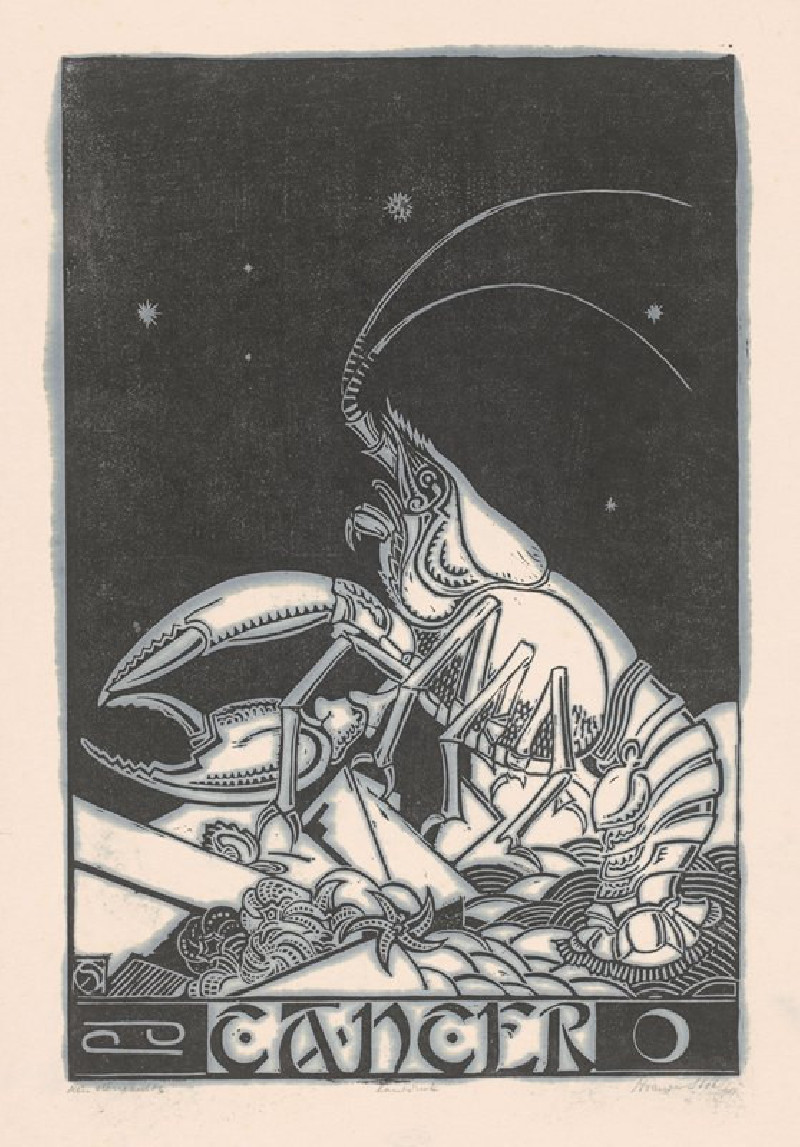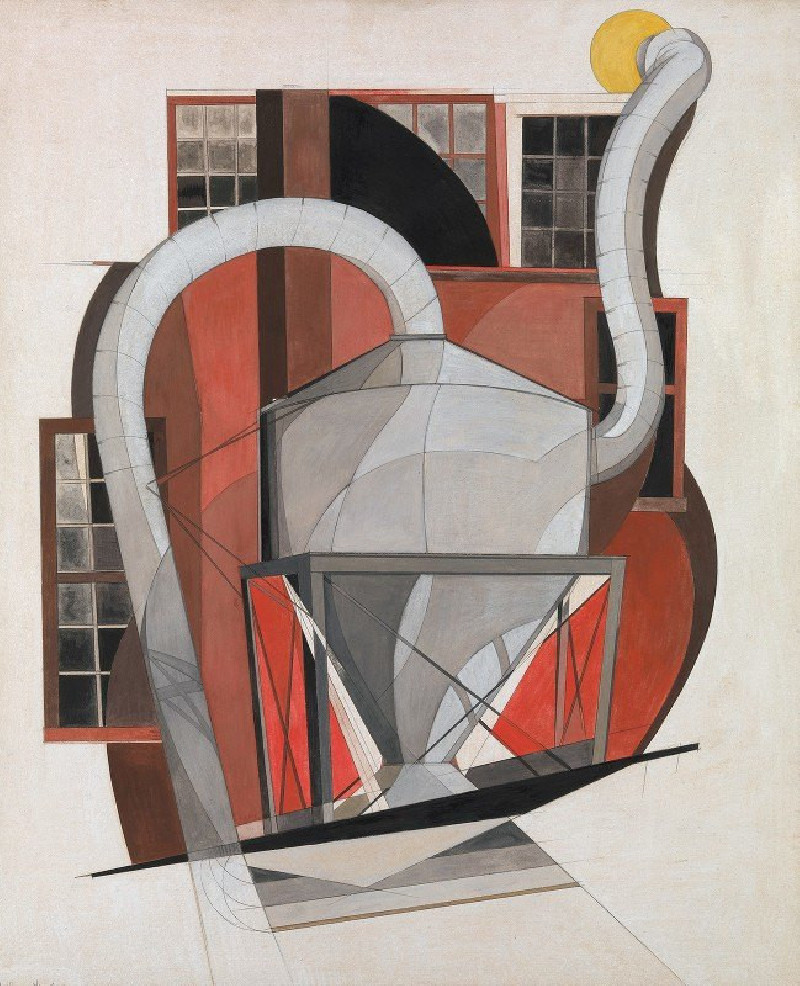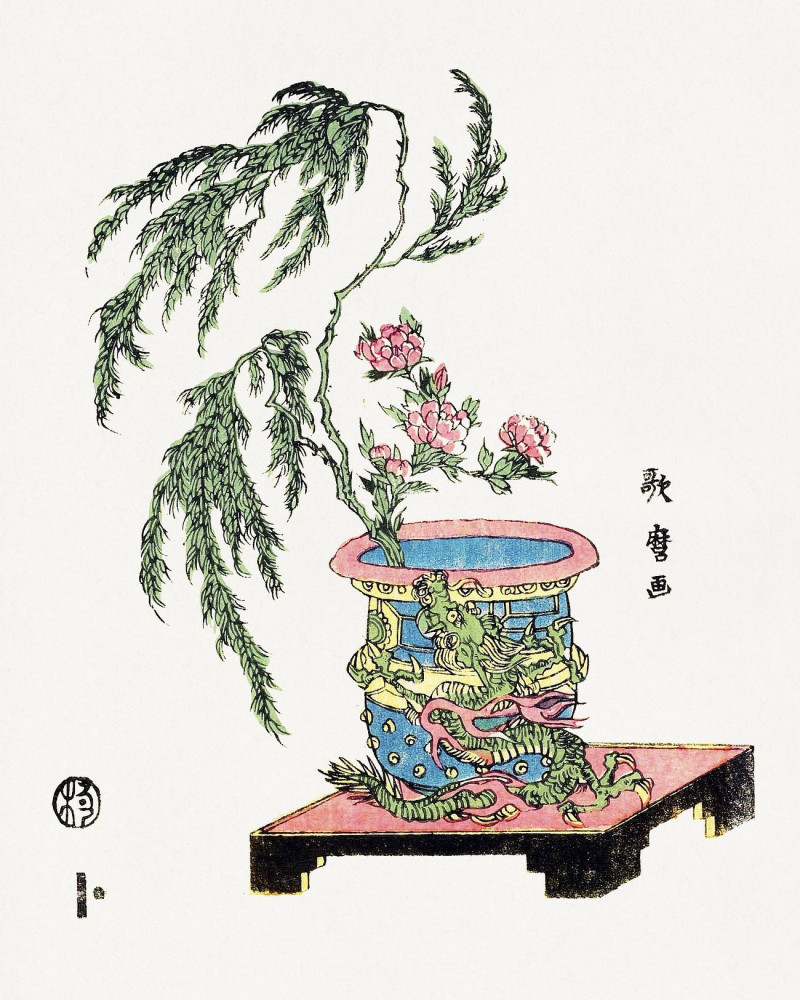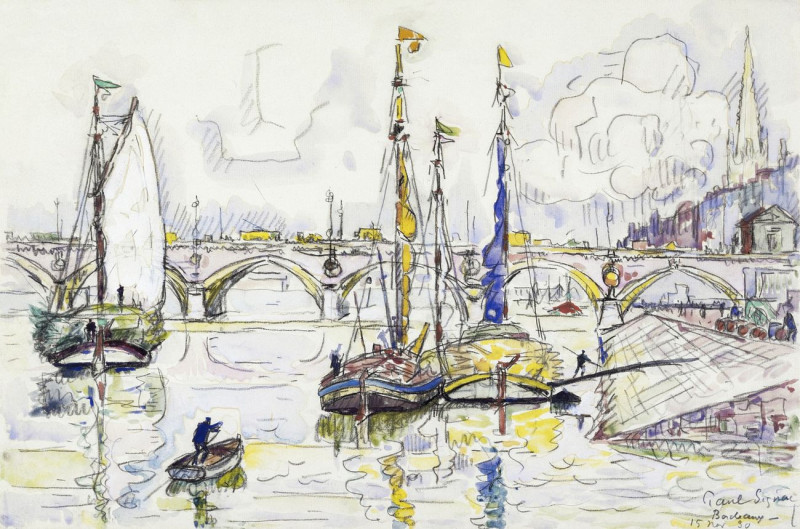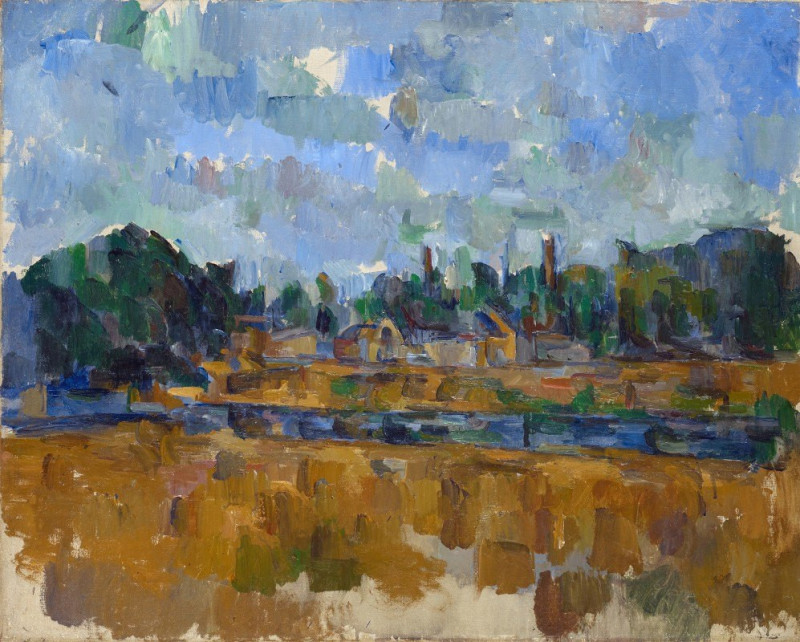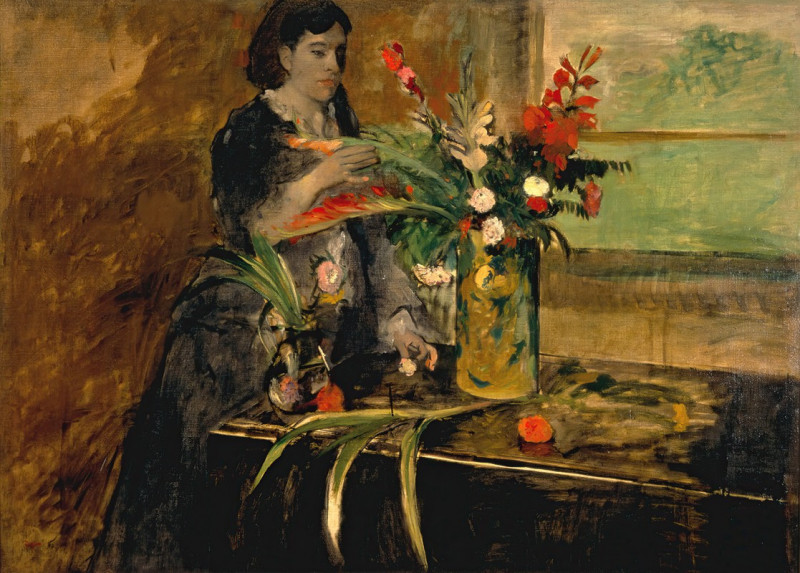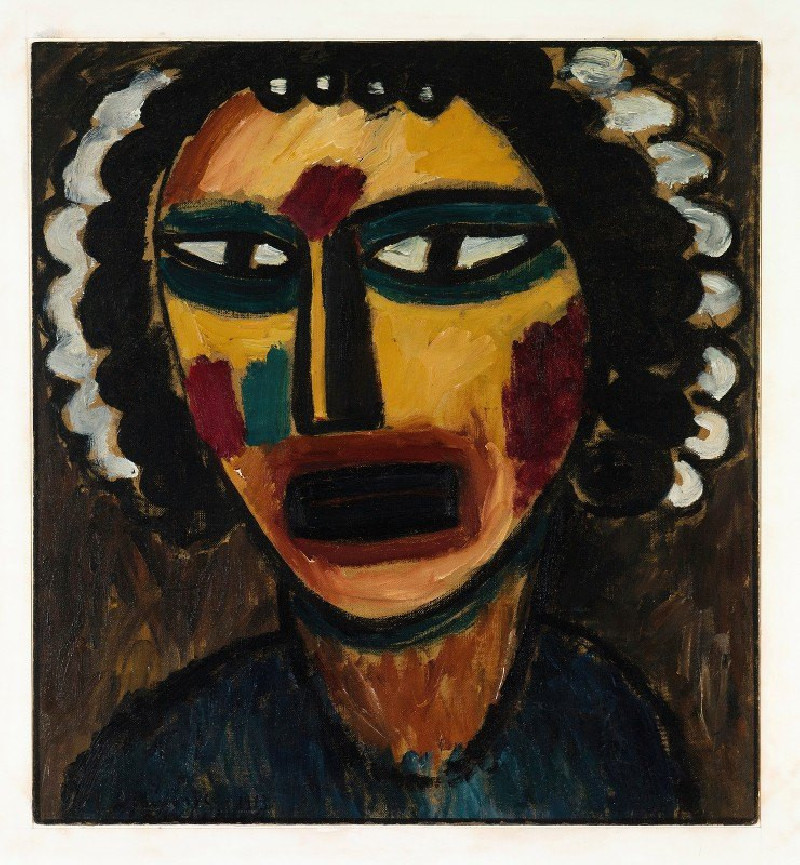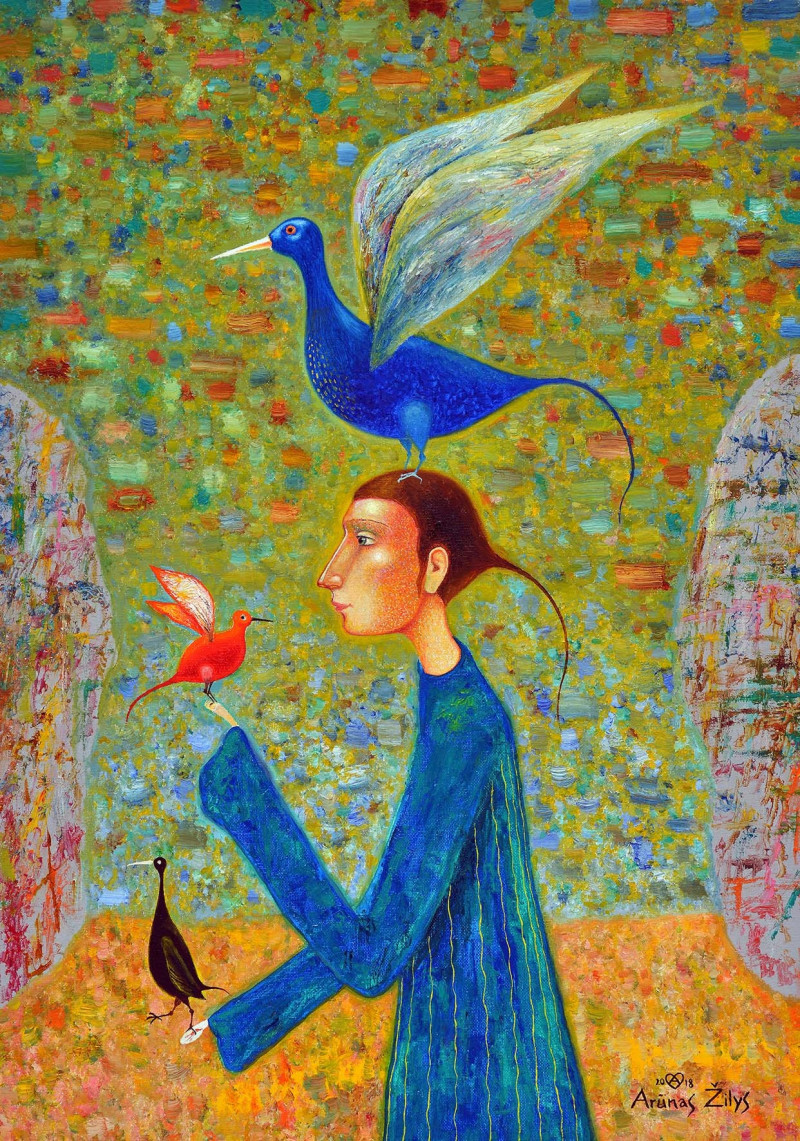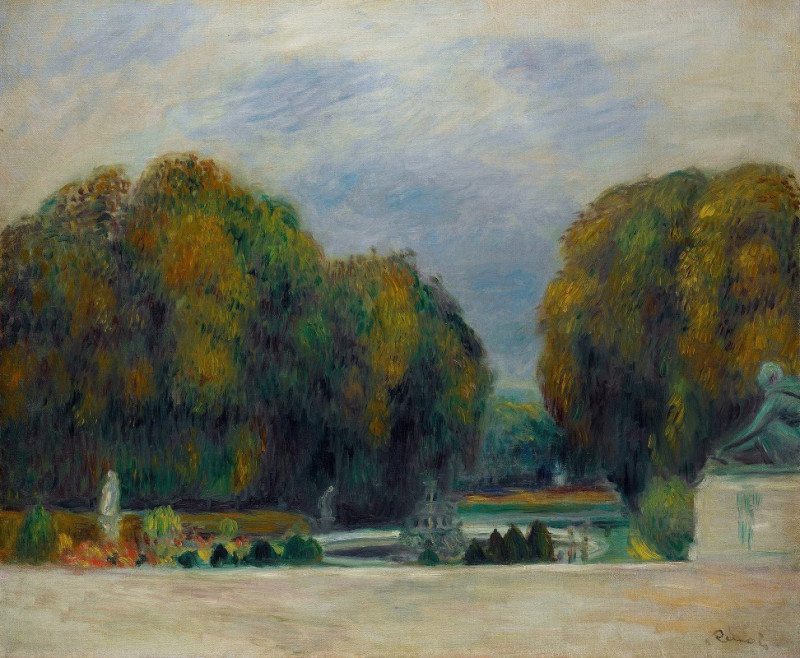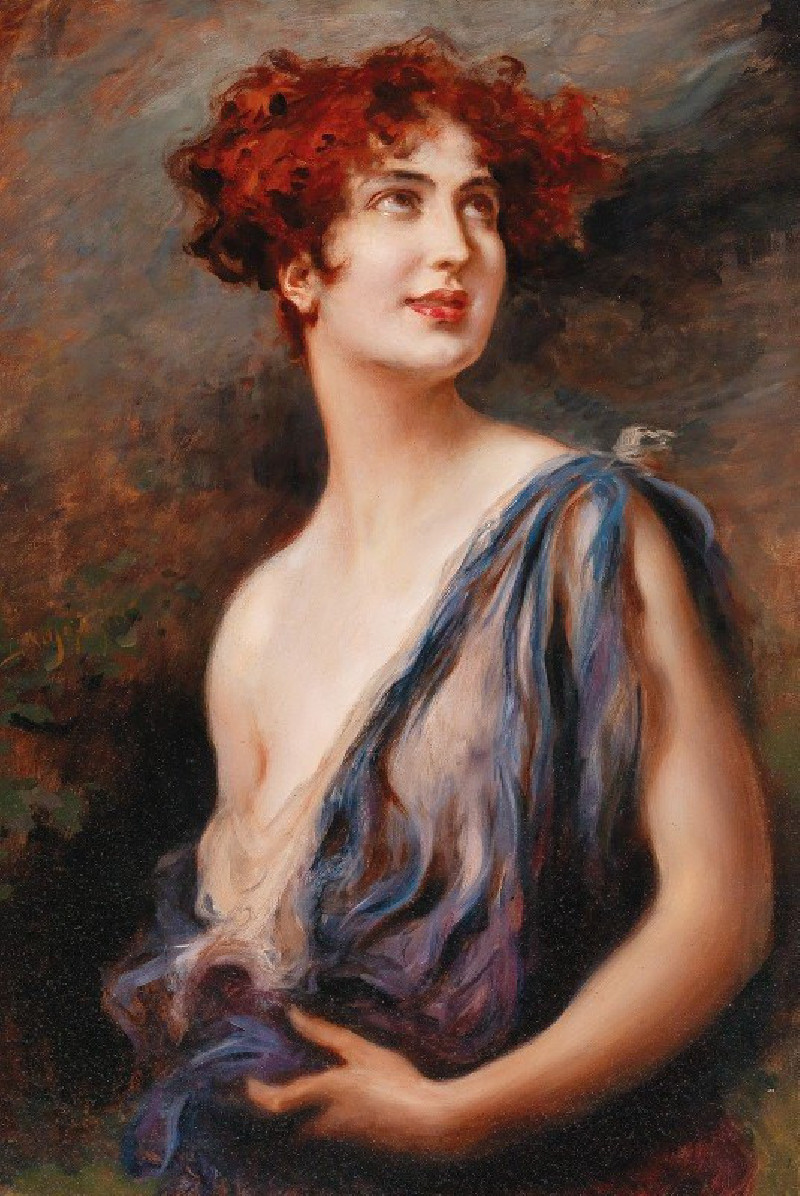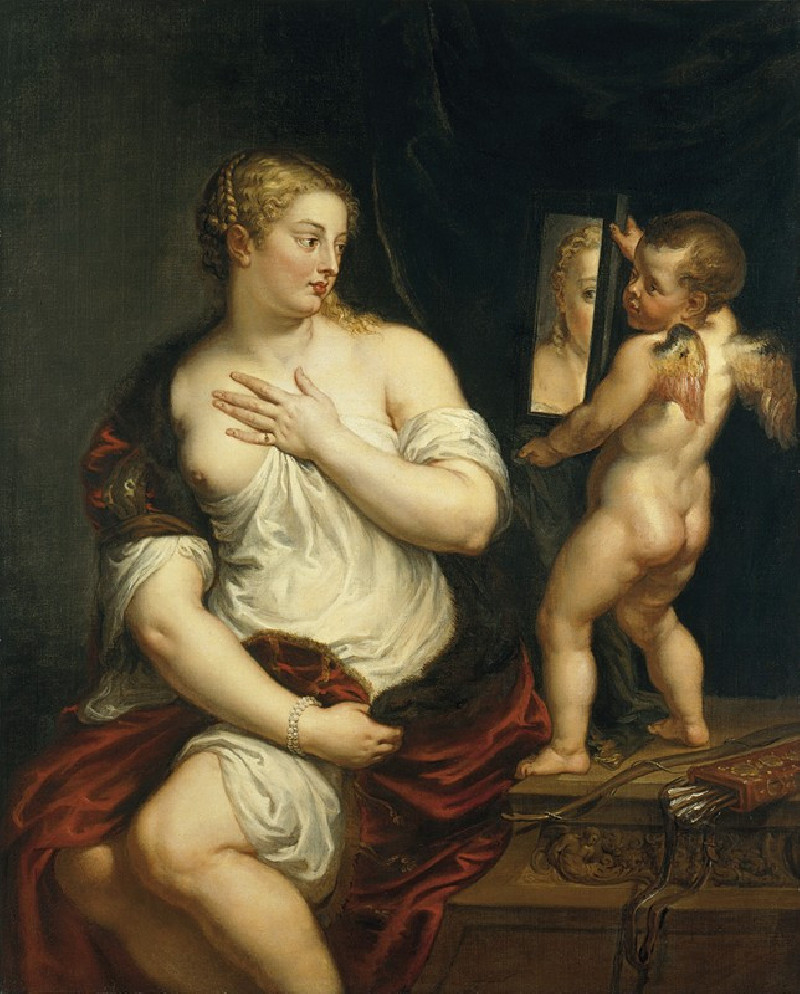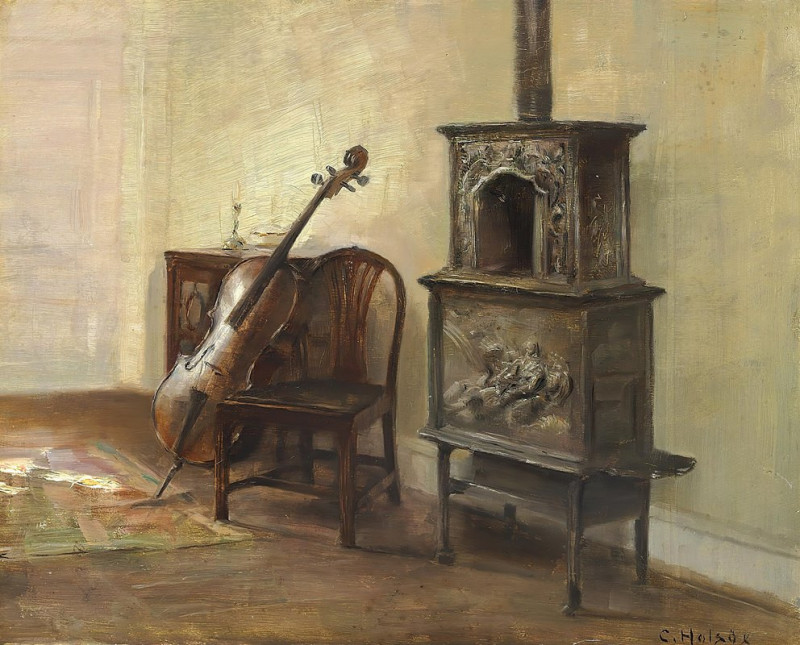Young Peasant Girls Resting in the Fields near Pontoise (1882)
Technique: Giclée quality print
Recommended by our customers
More about this artwork
Camille Pissarro, an influential figure in the Impressionism movement, captured the simplicity and serenity of rural life through his painting "Young Peasant Girls Resting in the Fields near Pontoise." This artwork, painted in 1882, invites viewers into a tranquil pastoral setting where two young girls take a moment of rest amidst their labors.The scene is set in a lush field dotted with trees and sprinkled with the golden hues of sunlight. The winding path draws the eye into the landscape, leading to grazing cattle in the background, enhancing the idyllic, rural atmosphere. The foreground features two peasant girls, likely taking a break from field work, engaged in quiet conversation. The naturalistic portrayal of their poses and the casual draping of their clothes reflect Pissarro's talent for capturing the real-life scenarios of peasant life.Dressed in work-worn garments, their attention turned towards one another, the girls represent an intimate snapshot of rural social life. Pissarro's use of vibrant colors and loose brushstrokes adds a dynamic texture to the scene, making the grass seem alive with the whisper of a breeze and the foliage vibrant with the breath of summer."Young Peasant Girls Resting in the Fields near Pontoise" not only showcases the beauty of the landscape but also echoes the artist’s interest in depicting human harmony with nature.
Delivery
Returns
Blessed are they who see beautiful things in humble places where other people see nothing. — Camille Pissarro
Camille Pissarro (1830-1903) was born on St.Thomas (now the US Virgin Islands) to a Portuguese father and a Dominican mother. He went to Paris to study art at Ecole des Beaux-Arts. He was an early pioneer of pointillism and neo-impressionism and later became a mentor of many famous impressionist painters including Cezanne, Manet, Renoir, and Gauguin. His paintings depicted rural and urban French landscapes and lifestyle. Many of his works politically captured images of peasants and laborers. Today, he is considered the father of impressionism.
































